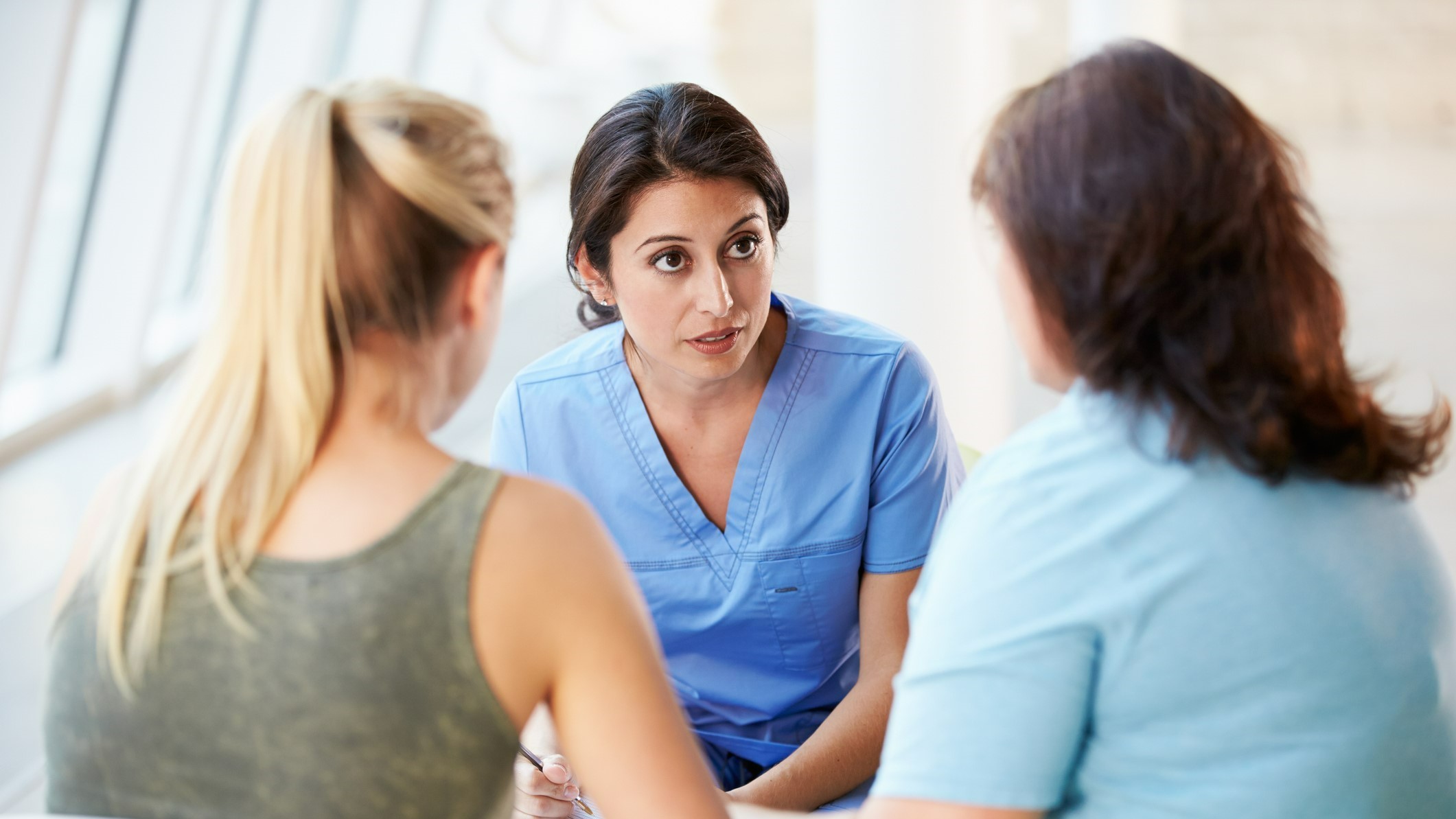Adolescent Gynecology: Sensitive Care During Tender Years

The teenage years are a time of transition, one that can often be difficult or confusing. For teens experiencing endocrine disruption, period irregularities, or other gynecological concerns, finding an experienced provider who specializes in this stage can be a gamechanger. However, many are unaware that adolescent gynecology is an option.
To learn more, we connected with Dr. Maureen Baldwin, M.D., M.P.H., an obstetrician-gynecologist (OB-GYN), with a focus on family planning and adolescent gynecology at OHSU’s Center for Women’s Health.
A comfortable environment
At the heart of adolescent gynecology is shared-decision making in a teen-friendly environment. Often, a pelvic exam is not necessary. Providers usually spend a portion of the visit talking one-on-one with the patient, beginning when they are around 14 years old, depending on their developmental age and other factors.
“I let the teen lead the way,” says Dr. Baldwin, “Typically, we talk first with the parent in the room, then we offer the opportunity for more privacy. The vast majority of parents really invite that.”
The OHSU team also makes every effort to try to keep patients with the same provider throughout their care.
“We take a patient-centered approach that requires communication between providers of multiple disciplines who have a niche understanding of the bigger picture,” says Dr. Baldwin. Clinicians coordinate their expertise to best help patients.
Common symptoms and diagnoses in adolescent gynecology
Some conditions can be more challenging to diagnose in the teenage years than later in life. One example is polycystic ovary syndrome (PCOS).
“PCOS often shows up in teens, but can be difficult to diagnose because of common symptoms such as acne or irregular periods,” says Dr. Baldwin, “The challenge is to tease out what is part of being a teenager and what is PCOS.”
Dr. Baldwin and her colleagues also often treat heavy menstrual bleeding in adolescent patients. At OHSU’s Spots, Dots and Clots Clinic, patients see both a hematologist and an OB-GYN for evaluation and treatment. This approach gives the opportunity for coordinated care in a comfortable environment.
Other common menstrual concerns among teens include irregular bleeding, pain with periods, mood symptoms, and the use of hormonal medications. Some families may need menstrual management assistance. For some patients, it can be comforting to know that there is a pediatric anesthesia team that can come to the clinic for certain procedures.
Specialized care during a unique time
Most experts recommend teens have their first gynecological visit between the ages of 13 and 15, and the adolescent gynecology team at OHSU provides a safe and welcoming space for care. Patients are seen either in the Center for Women's Health or the Adolescent Medecine Clinic. Meet the OHSU providers and learn more about the program by visiting the adolescent gynecology web page or by calling 503-418-4500.